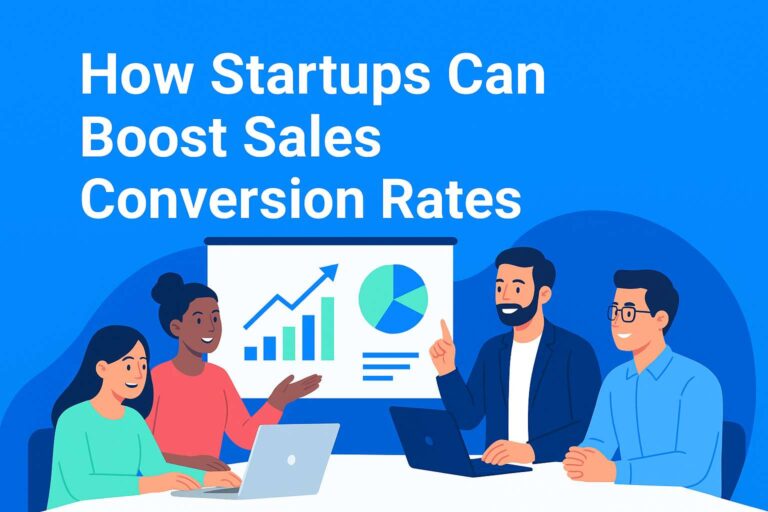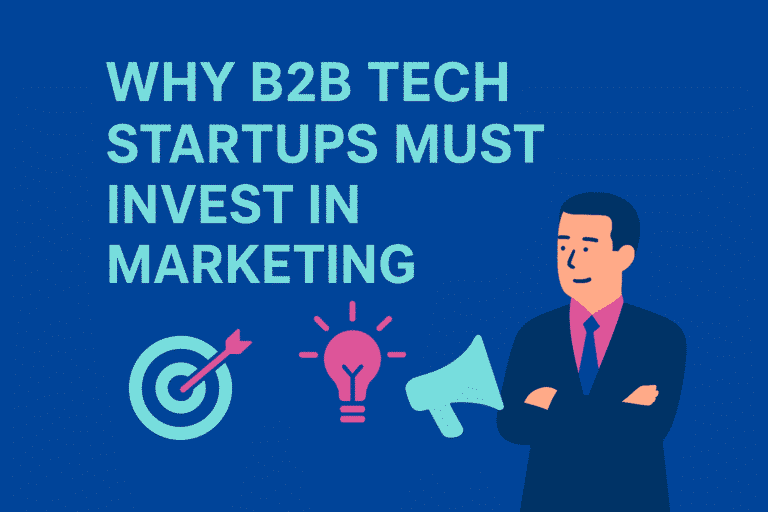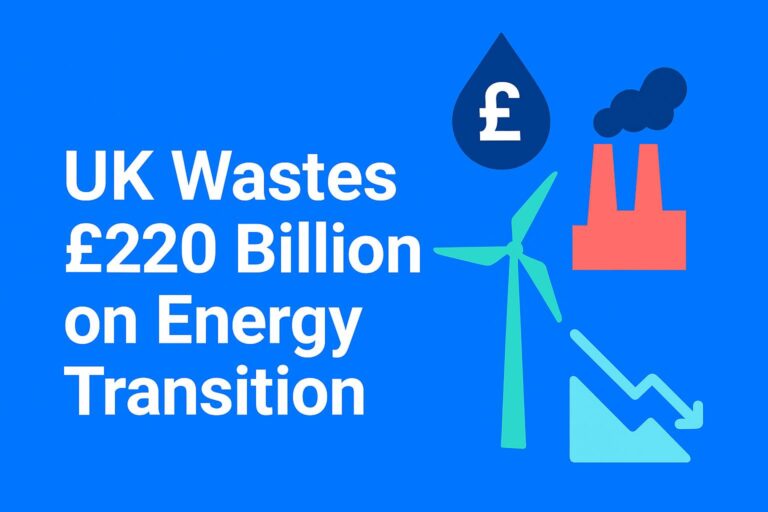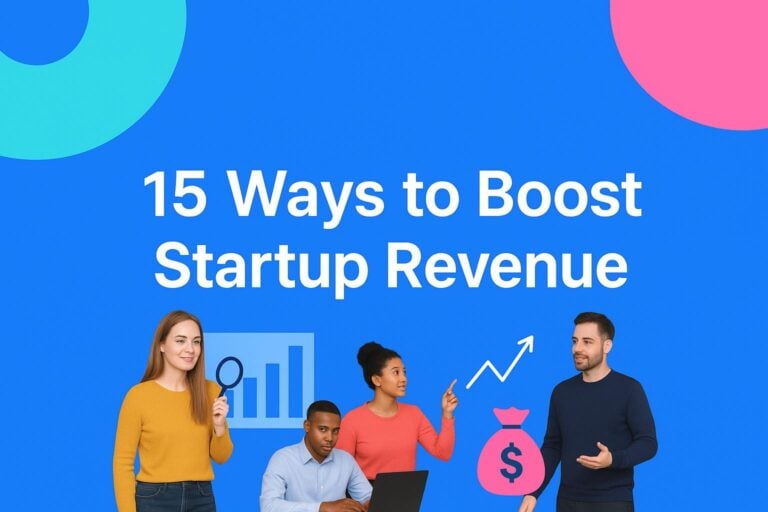Humanise Technology Through Storytelling…
No matter how good a technical product or solution is, there is always a human story behind its creation. Sadly, in the tech industry, this often gets obfuscated by complex jargon that can discriminate against and frustrate the intended audience. This gets exacerbated in B2B tech, where business and IT terminology get mashed up into nonsense. For tech marketers, this highlights the power of storytelling as a vital tool to humanise technology and make your startup more relatable to potential customers.
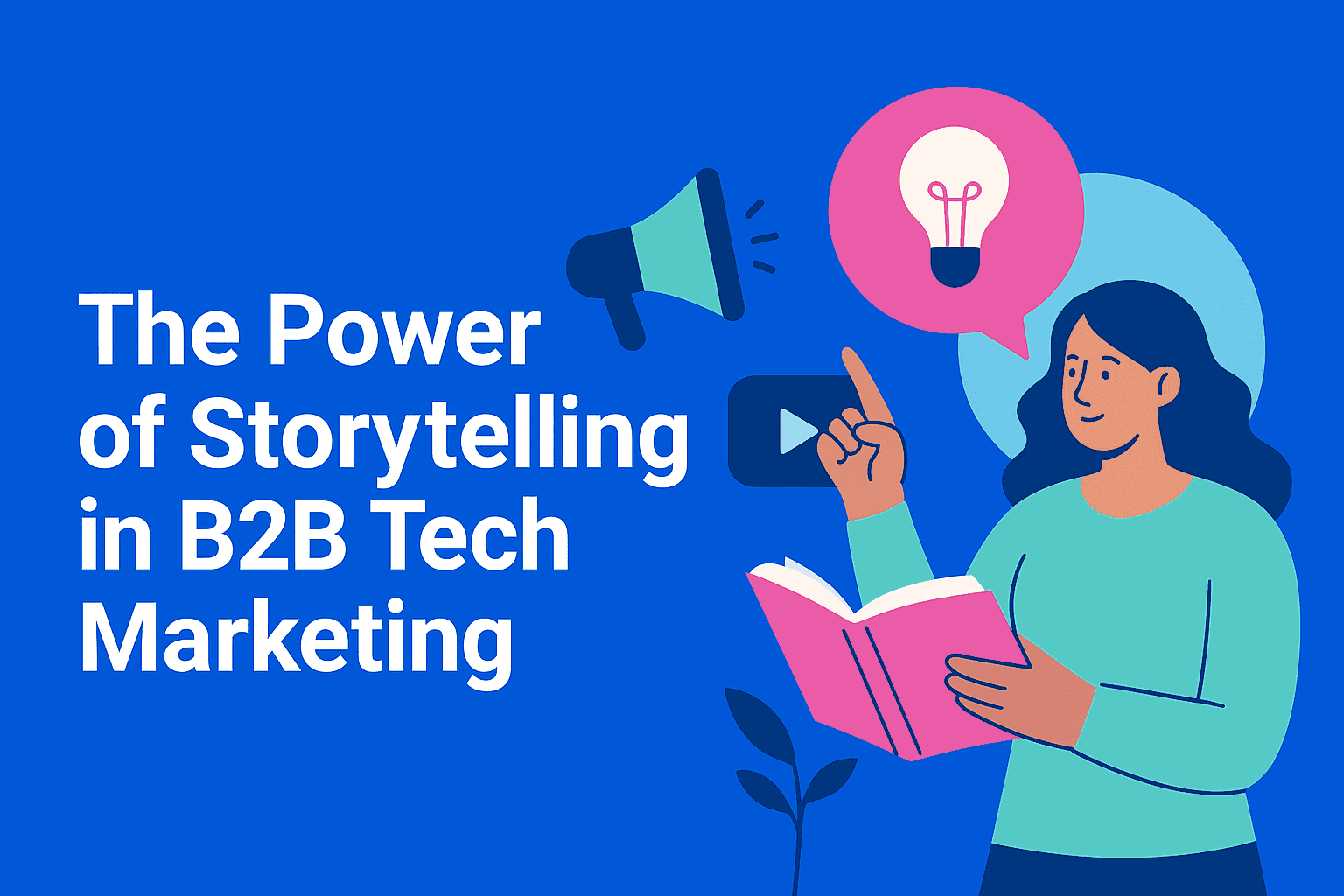
Connect with People
While technical specifications and data sheets are a necessary part of the process, they seldom inspire or engage on an emotional level. Storytelling, on the other hand, has the unique ability to translate complex tech into compelling narratives that resonate with people. This has the potential to create connections that go beyond mere transactions. This approach not only makes the technology more accessible but also ties it back to the values, people and the culture of the company behind it.
Tell the Story
At its core, B2B tech marketing often involves explaining intricate products or services that solve specific, technical and business problems. However, the challenge lies in making these solutions relatable and engaging to a broader and non-technical audience. This is where storytelling comes in. By framing the solution within a narrative that highlights the challenges it addresses, the journey of its development and the people who created it, tech companies can make their offerings more appealing and memorable.
A Bold Vision
One method of storytelling is to articulate a bold vision with audacious goals. These statements are part of a company’s public mission and vision, used to guide their strategies and inspire their employees and customers.
Here are some good and not-so-good examples:
- Steve Jobs wanted to put a “ding in the universe.”
- Elon Musk wants to “die on Mars, just not on impact.”
- Richard Branson said, “screw it, let’s do it,” and by all accounts, he did, several times.
- Walt Disney romanticised that “if you can dream something, you can do it too.”
- Mark Zuckerberg quipped, “move fast and break things,” although apparently not referring to speech and privacy laws.
- Salesforce.com claimed “no more software,” while selling a software product.
- Jeff Bezos wants to turn Amazon into the “everything company,” which probably needs to be accompanied by an evil laugh, “woohahahaa!”
- And one anonymous startup founder predictably said, “branded hoodies for everyone.”
Anyway, you get the gist. Although it’s not necessary for every tech startup to have an impossibly audacious goal to be successful, it really does help to have something to aim for. There is no doubt that having clear mission and vision statements really helps contextualise a company’s messaging. You can certainly see how big, audacious goals can attract broad attention and inflate the brand, as well as a founder’s ego. However, these examples are just overarching statements and a story needs much more than a bold headline to make it engaging and convincing.
The Role of People, Values and Culture
Behind every innovative product or service, there’s a founder who envisioned it and a team of people who worked on it and brought it to life. Highlighting these individuals and their stories can make a brand feel more authentic and trustworthy. Customers are more likely to connect with a company when they understand the journey it has been on, the values that drive it and the culture that sustains it. For instance, companies like Salesforce and HubSpot have successfully used storytelling to build strong brand identities. Through stories about their founders, employees and customers, they have showcased a vision and path to success. These narratives go beyond the solutions they represent and create a brand identity that resonates with their target audience. Customers prefer to do business with people and companies who align with their own views, beliefs and values.
Storytelling in Marketing Campaigns
Successful storytelling in B2B tech marketing often involves a mix of customer success stories, thought leadership content and brand narratives. Customer success stories are particularly effective because they show potential clients how others have benefited from the product, making the technology more tangible and relatable. Explaining how a tech solution helps people improve the customer experience, optimise processes, and deliver positive business outcomes is far more relevant than a technical spec sheet. Decision-makers will decide to buy a tech solution when they feel it’s time for a change in their business. They are looking for specific benefits that you need to hit like a target with your messaging. Your target audience needs to understand “why” your solution matters to them, not how it works. There is plenty of time for that later. By focusing on why customers should care about your solution, the benefits are more easily understood and appreciated.
Brand Identity
To truly harness the power of storytelling, B2B tech startups must ensure their narratives are deeply integrated with their brand identity. This means that every story told, whether it’s through a blog post, a video or a case study, must reflect the company’s core values and mission. It’s about creating a consistent narrative that customers can recognise and connect with, no matter where they encounter it. A carefully crafted narrative not only captures attention but also creates an emotional connection, making the proposition more approachable and the brand more memorable.
Build Trust and Credibility
Human-focused storytelling is a powerful way to build trust because it bridges people to people. By being transparent about the challenges faced during product development or by sharing the successes of real customers, you can demonstrate credibility and reliability. In the tech industry, where the stakes are high and purchasing decisions often involve significant investments, building trust is fundamental to success. Embracing storytelling as a central element of your marketing strategy helps humanise your products, connect with audiences and build a brand that resonates on a deeper level. This will not only differentiate your startup but also create lasting relationships with customers who see beyond the technology to the people and values that drive it.
You may want to read: “2025 State of B2B Pipeline Growth Report – Summary”


